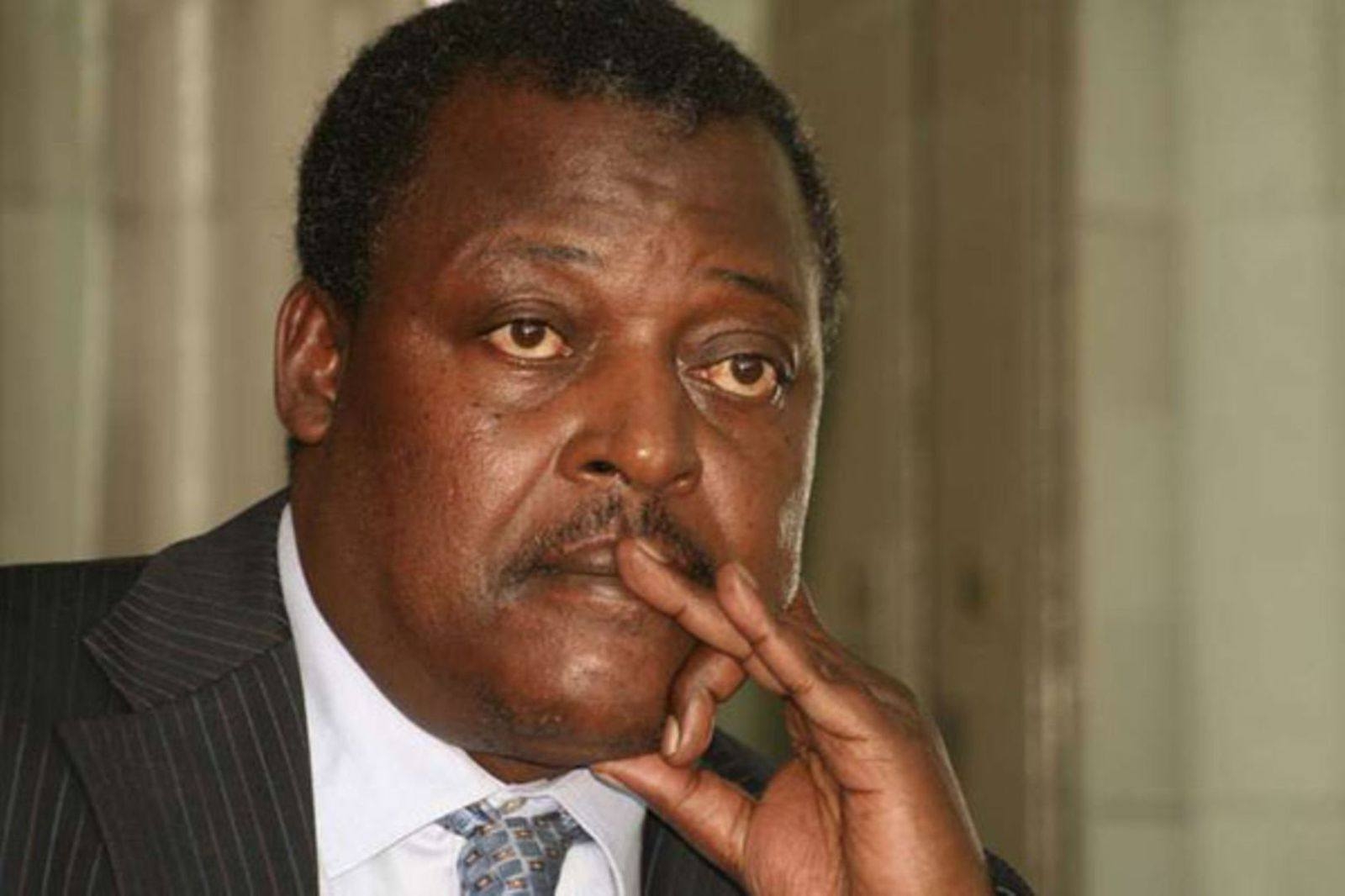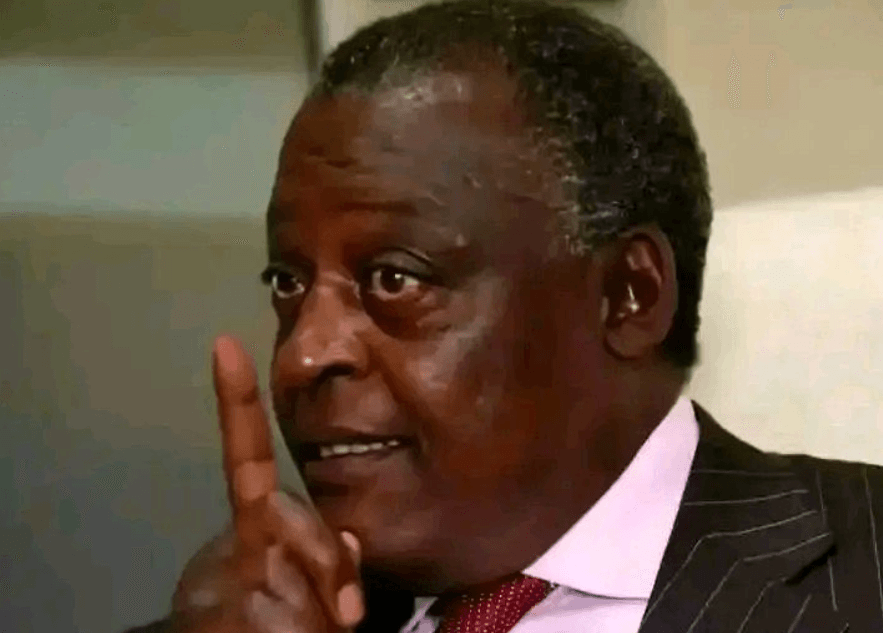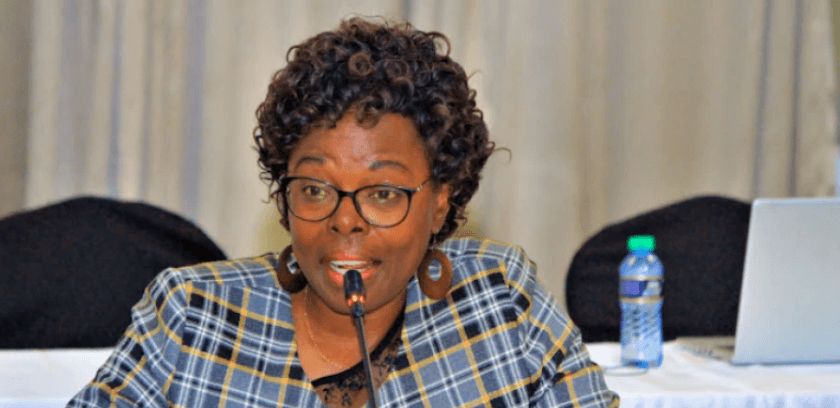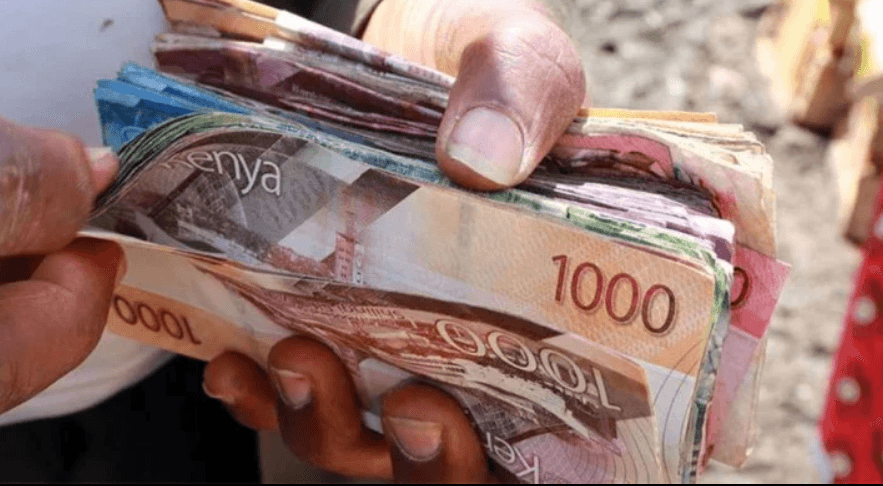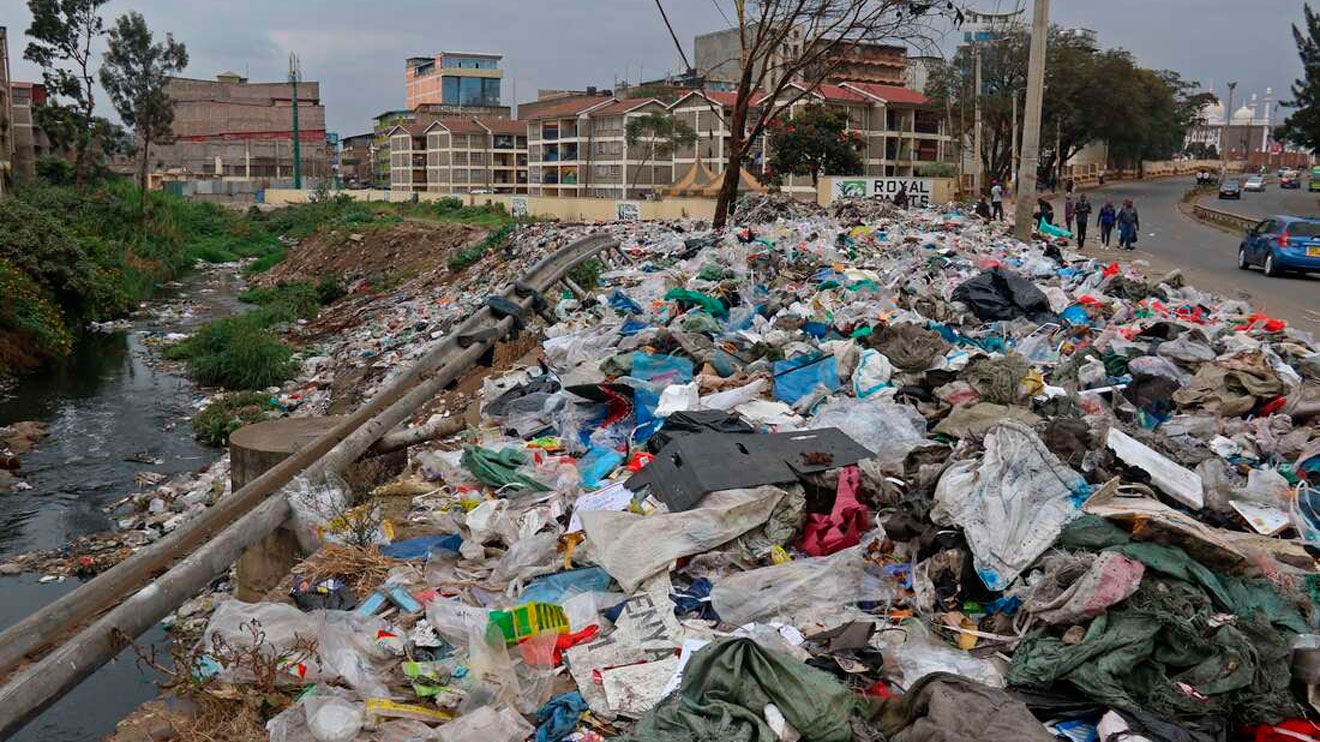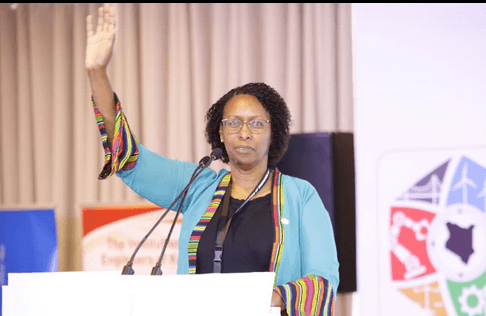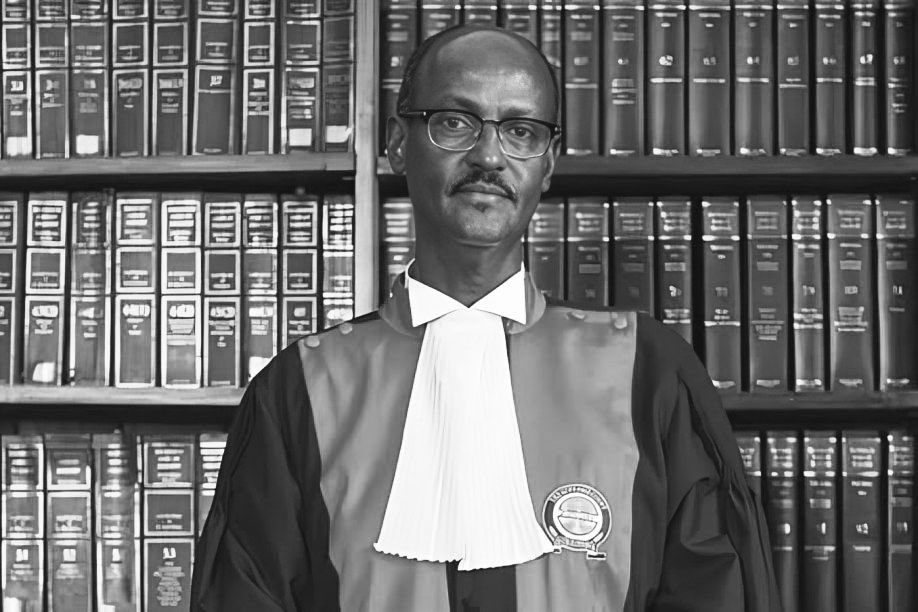
It’s troubling that water remains more expensive than soda or packaged
juice in the Lake Basin region, including areas around Lake Victoria, despite
the region’s abundant water resources.
Access to clean and affordable water has long been a challenge for
residents.
During dry spells, many walk long distances in search of water.
The region also faces poor agricultural yields, food insecurity, and, at
times, severe flooding when it rains, which spreads waterborne diseases and contaminates
available water.
These challenges are not unique to Kenya. Ugandan communities also
struggle to access clean piped water, particularly those sharing transboundary
water sources.
For fishing communities around Lake Victoria, families often fetch water
directly from the lake.
The same water points are used for washing clothes, bathing children,
cleaning fish, and providing water for animals.
The signing of the Angololo Multipurpose Water Resources Development
Project agreement on April 16, 2025, offers hope for change.
The project aims to improve food
production and access to clean, affordable water in Busia County (Kenya) and
the Ugandan districts of Tororo, Namisindwa, and Manafwa.
A 2009 Lake Victoria Water and Sanitation Initiative report showed that
access to improved water ranges between 60–70% in towns like Migori, Kisii,
Homa Bay, Siaya, and Bondo.
In Uganda, access is inconsistent—from over 90% in Bugembe, Ggaba, and
Masaka to just 18% in Kyotera. In Tanzania, towns such as Bukoba, Muleba,
Geita, Sengerema, Bunda, Mutukula, and Musoma have access levels ranging from
13% to over 50%.
The Angololo project, backed by the African Development Bank-NEPAD-IPPF
Special Fund and the Kenyan and Ugandan governments, will benefit 300,000
people.
It will increase irrigated land,
supply domestic water, host a mini hydropower plant, and support catchment
management.
It is situated on the transboundary Malaba River within the
Sio-Malaba-Malakisi (SMM) River Basin of the Lake Victoria sub-basin.
The project’s goals include improving health, hygiene, sanitation, and
nutrition through clean water access, irrigation farming, and fishing.
It will also enhance transboundary
cooperation in managing shared water resources, regulate river flow, and reduce
downstream flooding—supporting future dam operations.
Kenyan engineer Dr. Isaac Alukwe, Regional Coordinator of the Nile
Equatorial Lakes Subsidiary Action Program (NELSAP_CU) and former Busia County
Executive Committee Member, will lead the project.
Once completed, the project will feature a 30-meter-high dam with a 43-million-cubic-meter reservoir.
It will supply potable water to 20,000 people, irrigate 3,300 hectares
(1,180 ha in Kenya and 2,120 ha in Uganda), and generate 1.75 MW of hydropower.
Covering a catchment area of 430
square kilometres, the project is listed as a priority in the AU NEPAD IPPF
pipeline and the ADF-14 Programming Cycle.


